Welcoming places and spaces
How are the places we visit every day designed to make everybody feel welcome?
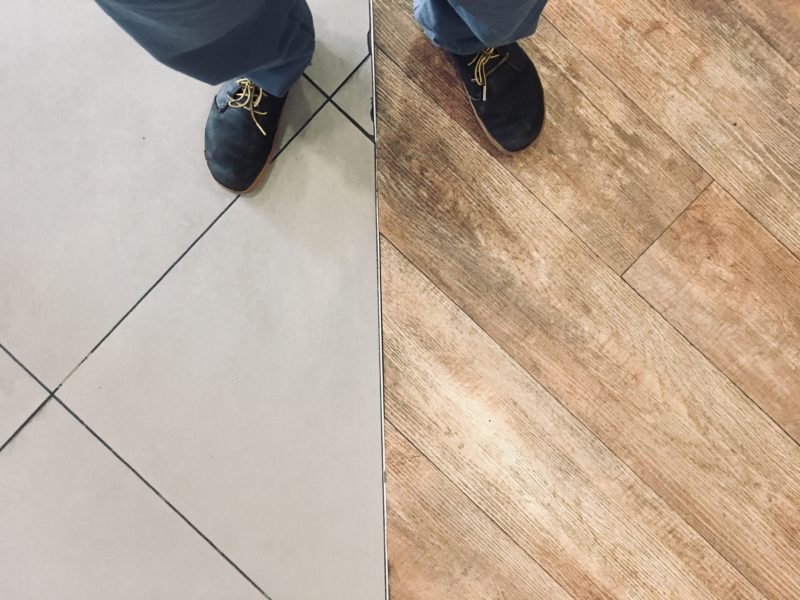
I was waiting in the queue to purchase my mayo chicken (no mayo, extra ketchup). As usual I was listening to a podcast or some music and doing an absentminded two step (to call it a dance would be pushing it). Then I noticed something. The floor under one foot felt different to the floor under my other foot, springier, softer. Hmm, kind of nice.
Look down. Oh the texture is different too. Time to investigate.
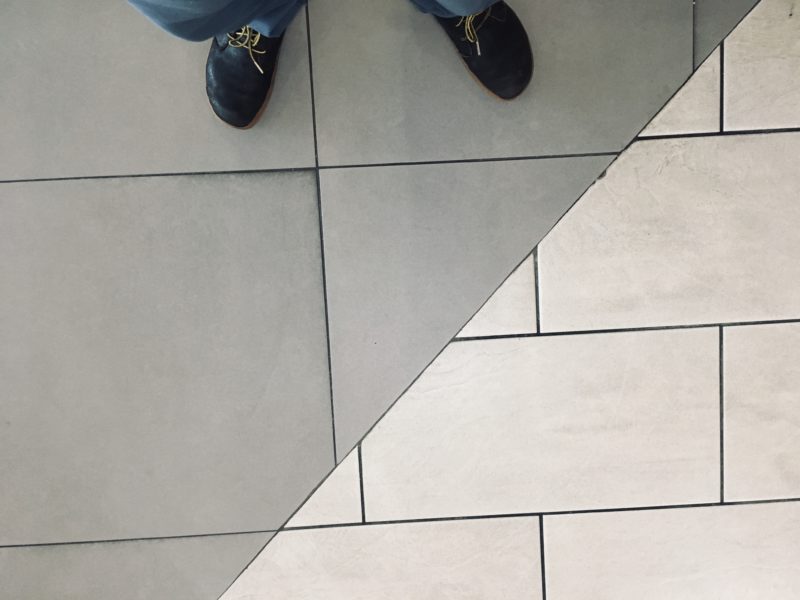
Motorway service station X
Location: a motorway service station coming from somewhere North going to somewhere South. I’ve clocked so many miles in the last few months that I can’t remember the specifics.
Motorway service stations. Those soul destroying places where you get overcharged for a soggy sandwich or a deep fried something-or-other but where you have to stop so you don’t wet yourself in the car. Generic food courts of fuel for your body that doesn’t taste great but is better than nothing. Places that you don’t give a second thought and yet here I am thinking at length about one and sharing an element that was surprisingly well designed.
How can we create spaces that have small details that the majority won't notice but make a real difference to the people who need them? Share on XHaving had my curiosity piqued I temporarily abandoned my mayo chicken quest (remember, no mayo) to explore the rest of the space. I was expecting to find two textures, the aisles and the food area. But no….
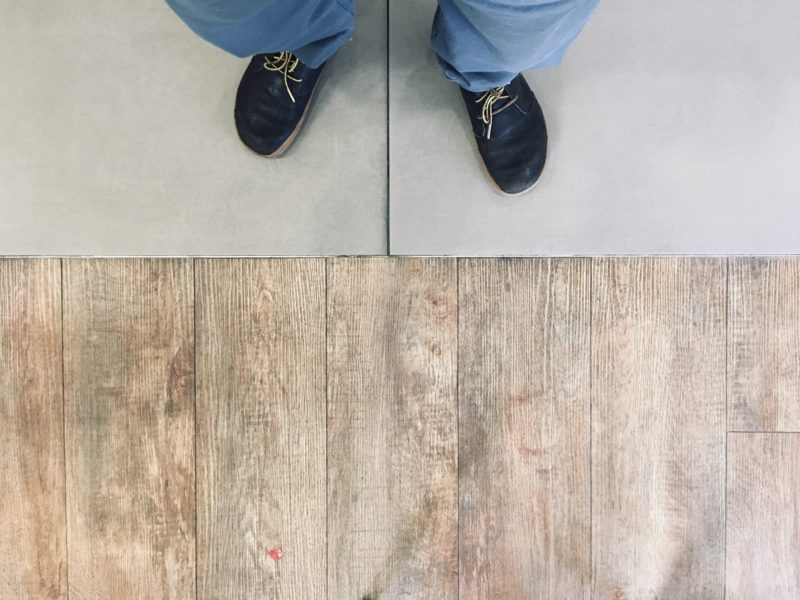
What I found was more detailed than that. Every single section had a different visible change in texture but also a different underfoot feel. Yes, I tested it out and yes, I imagine I looked pretty odd. My curiosity has no shame.
So why did I find that interesting?
Spacial Design matters
My eyes work pretty well and I’m able bodied but not everybody is. This year I’ve become much more aware of places and spaces and how suitable they are for different types of people and purposes because of projects I’ve been leading at work. I don’t know the purpose that the designers had in mind at Northern Service Station X but capitalism means that most places where people spend money (especially at scale) are subtly very well designed to control or influence our behaviour (special shout to IKEA and major supermarkets).
Do all users matter?
If we are imagining an obsessive customer focus, as Amazon’s Jeff Bezos is fond of, then the different underfoot textures that I noticed could really serve some of the blind or visually impaired visitors to that service station. I was able to use my eyes to see where McRonald’s section ended and Bosta Coffee’s began but for people who couldn’t the underfoot topography was distinct and detailed enough to do the same thing and to allow them to find then toilets easily unaided.
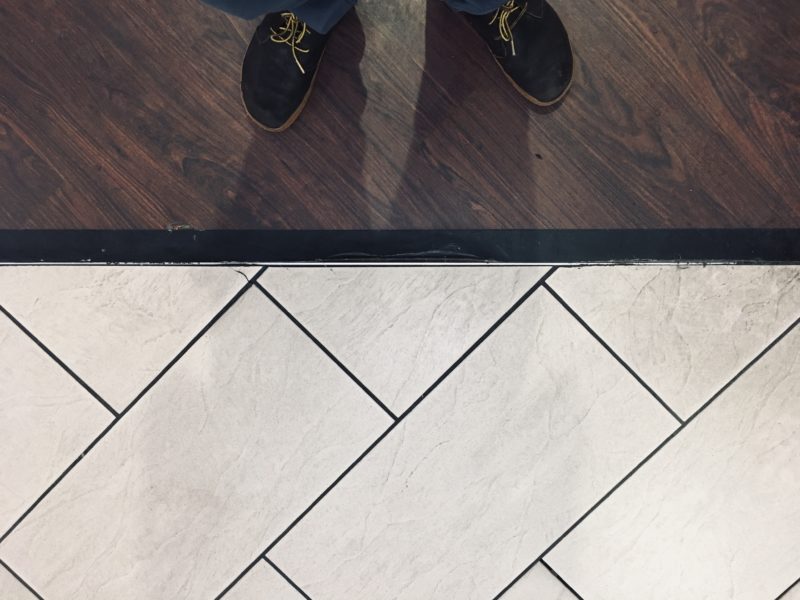
Part of my current working life is as Head of Strategy at YHA. Overall we are trying to use our many properties to enable a wide range of young people to have access the countryside and travel. My Northern Service Station X experience got me thinking about how intentional some YHA spaces are for some of our disabled visitors. I’m still finding out…
Buildings and spaces are important. Who are they designed for? Who do they exclude? How do they serve the users? Share on XSpaces can help or hinder
Earlier this year, I was creative lead on a series of films commissioned by Whole School SEND and the Department for Education aimed at helping educators teach children and young people with different Special Educational Needs most effectively. I remember visiting one school for a filming day with our team which had a beautiful and impressive looking new building but having the teachers explain that it was totally unfit for purpose because the open plan nature of it meant that even the tiniest the sound carried and made it very hard to teach.
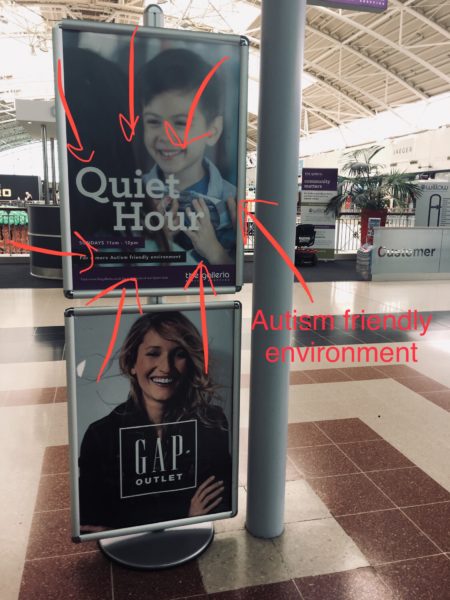
Buildings and spaces are important. Who are they designed for? Who do they exclude? How do they serve the users? How can we create spaces that have small details that the majority won’t notice but make a real difference to the people who need them?
——————————————————————————————————————
If you are a school leader interested in the human side of leadership then my book The Unexpected Leader is for you. Read a sample and if you like it then order on Amazon.
Enjoyed reading this blog post? Subscribe for future ones you’ll also get a free copy of my ‘9 Lessons for unexpected leaders’ pdf.
